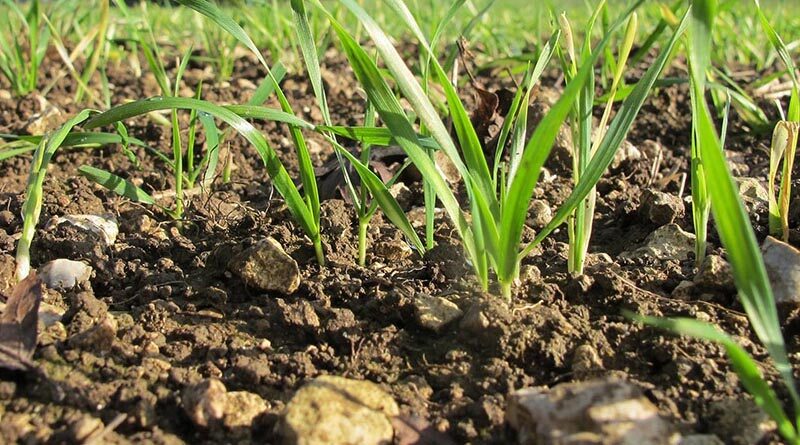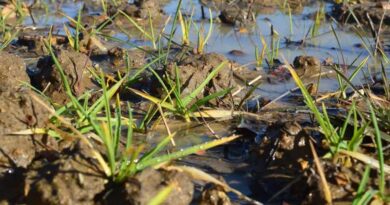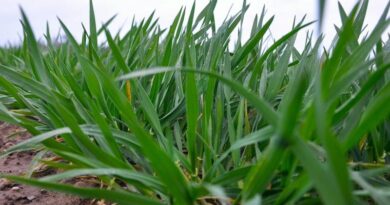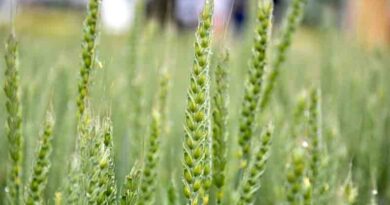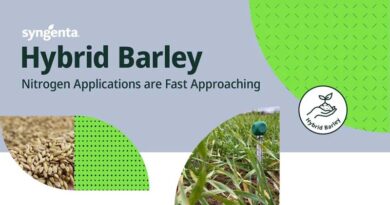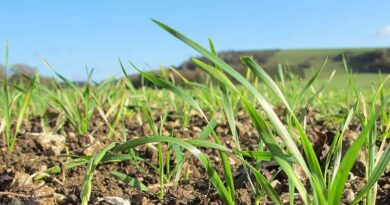Root out free soil N
28 February 2022, UK: Well above soil average temperatures are likely to have advanced mineralisation of nutrients and availability for plant uptake. Areas with well below average overwinter rainfall are also still expected to have reduced leaching of soil nutrients this season. Now, stronger rooting plants will be better able to utilise the free soil N for spring growth.
A priority for Moddus PGR application at the early-season timing has proven to be most beneficial for enhancing root mass and depth of rooting, advised Syngenta Technical Manager, Georgina Young (below).
“Root length density at 40-60 cm can be up to twice as much with early spring Moddus applications in trials,” she reported.
“That is essential to reach the zone for uptake of nutrients and water.”
Whilst earlier applications have the greatest influence on rooting, later applications create stronger root anchorage to prevent lodging.
Georgina pointed out that with growers having already started fertiliser applications where field conditions have allowed, rapid root establishment will be important to fully utilise the high-cost inputs this season
Field trials have shown a Moddus spring PGR programme gave a 13% increase in N use efficiency, compared to a chlormequat programme. The research showed the Moddus treated crop produced 44.5 kg of yield per KG of N input, compared to 39.5 kg from the chlormequat treatment.
Although the costs of fertiliser and other inputs have increased significantly this year, higher grain prices still typically give increased margin over input costs, compared to recent seasons. “Growers and agronomists are now looking at agronomic inputs to increase overall efficiency of production across the whole rotation, rather than simply outright yield.
“The Moddus programme to promote rooting and optimise nutrient and soil moisture use, as well as ensuring crops stay standing through to harvest, is integral to the efficiency of utilising inputs.”
An extra 10 cm of rooting depth could enable plants to access water and nutrients from 1300 tonnes more soil per hectare.
Georgina pointed out that since most nutrient uptake is in soluble form in soil water, plants with greater root mass and the capability to make use of soil moisture more efficiently will glean more of the available nutrients.
She reported wheat plants treated with Moddus at GS31 had 11% greater root mass area when soil moisture was restricted to just 25% of the crop’s normal water requirement. “That could significantly help crops to withstand drought stress, which has been an increasingly frequent issue over recent late-spring seasons,” she added.
Furthermore, as more growers incorporate green cover crops into their rotations, to retain and recycle nutrients within the field, deeper rooting will enable crops to make use of nitrogen held in the soil profile. “Where a green cover is being used to mitigate nutrient loss it’s crucial that crops can then take up the nutrients, to avoid subsequent environmental loss.”

